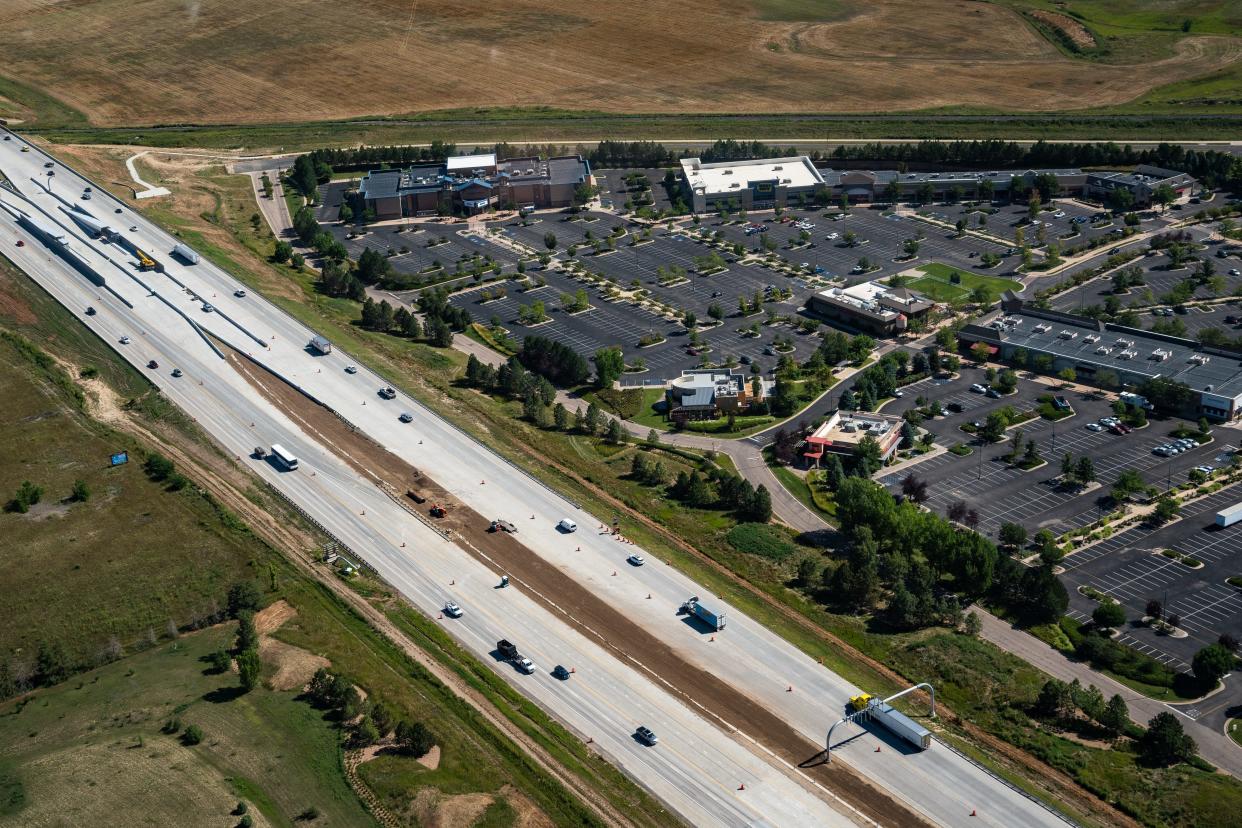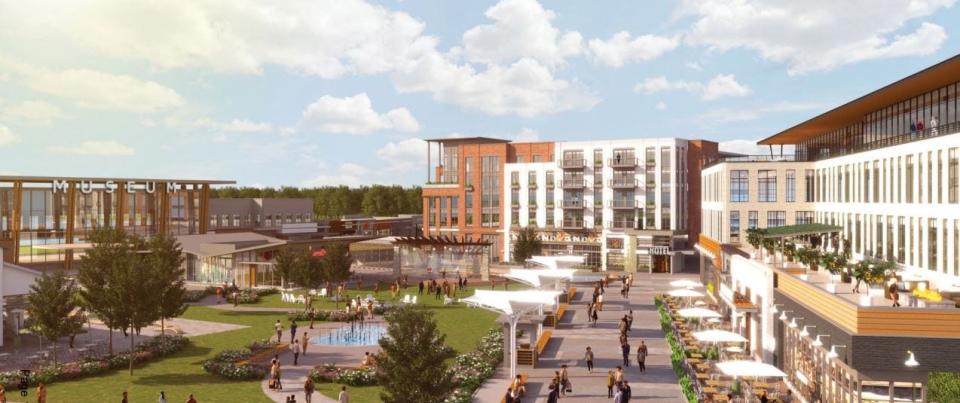Loveland voters claim final say over future urban renewal projects, pass Question 301

Any development projects that are proposed or changed under Loveland's Urban Renewal Authority will now have to win public support after voters overwhelmingly supported city Ballot Question 301 in Tuesday's election.
The measure, approved with 70% of the vote, will amend the city charter to add a section that requires any Loveland City Council action approving or modifying an urban renewal plan to be ratified by city voters. It includes approval or modifications to area boundaries, eminent domain, condemnation, tax increment financing, revenue sharing, or cost sharing and will go into effect immediately.
Currently, the 13-member Loveland URA board (comprised of city council members plus four representatives from taxing districts within the city) reviews projects or major amendments proposed within Urban Renewal Authority boundaries. If approved, the decision goes to City Council, where it could conceivably be overturned, but most likely would be rubber-stamped by the same council majority that approved it at the LURA level.
A main concern about the URA in Loveland is the "huge diversion" of tax increment financing that will go to help develop infrastructure in a specific area of town, namely the U.S. Highway 34/Interstate 25 corridor, said George Garklavs, who helped gather signatures to get the question on the ballot.
Tax-increment financing, or TIF, is a development tool that allows the URA to use additional property tax revenue generated by planned improvements to a property to help pay for related public infrastructure improvements.
"We heard concerns that people didn't have a voice in the process that diverted a lot of tax dollars from the city's basic needs," Garklavs said. "They were frustrated with being left out of the decision making process, especially for something that diverts taxes for 25 years and millions of dollars."
Alyssa Wells, spokesperson for a group opposing 301, worried the vote will force developers to go outside the city to regions or municipalities "that are more welcoming" to economic opportunity. "If Loveland is no longer willing to use tools to help foster proper growth, they will find opportunity elsewhere and Loveland will lose in that scenario."
Garklavs isn't worried developers will go elsewhere. "There's only one developer that is using the URA," he said. That developer is McWhinney, Inc., the developer of the 300-acre Centerra project at Interstate 25 and U.S. Highway 34. "Every other developer has not been using the URA."
Tuesday's vote will not affect a major amendment to Centerra South, which the Loveland URA and Loveland City Council approved in October after ratifying a tax-sharing agreement with Larimer County. The 139-acre project would push Centerra's boundaries to the south and include housing, retail, a children's museum and commercial projects.

But it could affect future expansions or developments within Centerra.
The land where the URA is in existence "is prime developable land that is unlikely to need taxpayers' assistance to develop" Garklavs said. "Asking for tax dollars to develop land this desirable is akin to a millionaire requesting food stamps for his family. It doesn't make sense."
Loveland City Council established the Loveland URA in 2002 to focus primarily on revitalizing downtown Loveland. The board was originally comprised solely of City Council members, but a state law passed in 2015 required municipalities to expand their URA boards to include representation from any tax districts within municipal boundaries, such as schools, fire and library districts, to ensure they had a voice in decisions that diverted tax dollars from their organizations.
The LURA hadn't had any projects come before it since the 2015 law passed, so it hadn't expanded its board. But when McWhinney proposed Centerra South earlier this year, the LURA board had to expand to meet state statute. Today, the LURA board includes City Council members, Larimer County Commissioner Jody Shadduck-McNally and representatives from Thompson School District, Thompson Valley Health Services District and an at-large member from the community.
The city currently has three urban renewal areas: U.S. 34/Crossroads Corridor, Block 41-expanded Finley's Addition and Centerra South, approved in May. The Downtown Loveland URA, adopted in 2002, expired and dissolved in April.
This article originally appeared on Fort Collins Coloradoan: Loveland voters claim final say over future urban renewal projects

